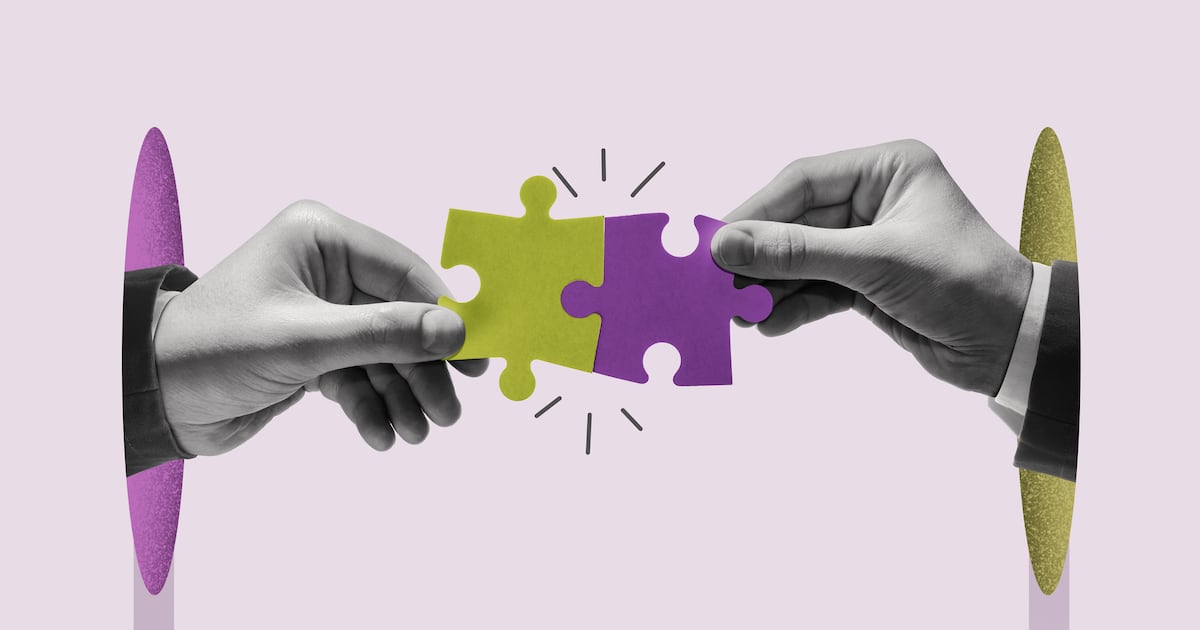
Choosing restaurant software in 2025? Don't make a move without this checklist. We detail the essential features you need, the critical mistake to avoid, and how to choose the right system for your business.
Here are the non-negotiables.
| Feature | Why It's Essential | What to Look For |
| Integrated Online Ordering | Your website is your most profitable delivery channel. This lets you take orders directly, skipping the hefty 20-30% fees from third-party apps. | Seamless integration with your website and POS. Don't settle for a system that makes you manage a separate tablet. |
| Kitchen Display System (KDS) | It ends the chaos of paper tickets. A KDS makes your kitchen faster, more accurate, and drastically reduces mistakes and food waste. | Customisable ticket routing (e.g., drinks to the bar, mains to the grill) and real-time order status tracking. |
| Real-Time Inventory Management | This stops money from walking out the back door. It tells you exactly what you have, what's running low, and helps you pinpoint waste or theft. | Recipe-level ingredient tracking (costing) and automatic low-stock alerts sent to your phone. |
| Robust Staff Management | Scheduling, shift swaps, and payroll prep in one place saves you hours of admin work. It also gives staff the clarity they need. | An employee-facing mobile app for schedules and shift requests. Tip pooling and performance tracking are huge bonuses. |
| Customer Relationship Management (CRM) | It’s a smart way to remember your regulars. It tracks visit history and order preferences so you can offer personalised service that builds loyalty. | The ability to add notes to customer profiles and create simple marketing segments (e.g., "customers who order wine"). |
| Actionable Analytics & Reporting | This moves you from guessing to knowing. It shows you which menu items are most profitable, your busiest hours, and who your top-performing staff are. | A clean, visual dashboard that you can understand at a glance. Avoid reports that look like massive spreadsheets. |
All-in-One System vs. Best-of-Breed Tools: Which Is Right for You?
One of the biggest questions we get is whether to buy a single system that does everything (an "all-in-one") or to pick individual "best-of-breed" tools and connect them.
There’s a constant debate about this on forums like Reddit’s r/restaurateur. Here’s the simple breakdown:
An All-in-One System is like a Swiss Army Knife. It has everything you need in one package. The tools all work together perfectly, you only have one company to call for support, and it's often cheaper upfront.
- Go for this if: You're a new restaurant, you value simplicity, or you don't have a dedicated tech person on staff.
A Best-of-Breed Approach is like building a custom toolkit. You pick the absolute best tool for each job—the best inventory software, the best scheduling app, the best online ordering platform—and connect them. You get more power and flexibility, but it can be more complex and expensive to manage.
- Go for this if: You have very specific needs (like a complex bar inventory or multi-location marketing) and you’re comfortable managing integrations.
The takeaway: In 2025, most independent restaurants will be best served by a powerful all-in-one system. The convenience and reliability now outweigh the benefits of custom-building for all but the most specialized venues.

By the way, if you're leaning towards an all-in-one system, we actually built one called ILF (I Love Food) that does exactly this. You can check it out here to see what a modern, integrated platform looks like:

In 2025, most independent restaurants will be best served by a powerful all-in-one system, This mirrors a broader trend in the food industry, where major corporations are also seeking integrated value through strategic acquisitions to consolidate and strengthen their portfolios.
Our source:

The Single Biggest Mistake Restaurants Make When Choosing Software
It's not about the tech specs. The biggest mistake is underestimating the human element.
You can buy the most advanced system in the world, but it's worthless if:
1- The support is terrible. When your system goes down during a Saturday night dinner rush, you need a real human on the phone in minutes, not an email ticket that gets a reply in 24 hours.
2- It's difficult to train staff on. Your team is busy and turnover can be high. The software should be intuitive enough for a new hire to learn the basics in under an hour. If it requires a massive manual, your staff will find workarounds, and you'll lose all the benefits of the system.

Before you buy, ask the sales rep, "Can you show me your training videos? And what’s your average support call wait time?" Their answer will tell you everything you need to know.
FAQ
Is cloud-based software really better than a traditional, on-site system?
Yes, almost always. With a cloud-based system, you can access your restaurant’s data from anywhere, on any device. Your data is automatically backed up, and software updates happen without you having to do anything. The security and flexibility are simply unmatched by older, on-site servers.
How much should I expect to pay for a good restaurant management system?
It varies widely, but most modern systems operate on a SaaS (Software as a Service) model. Expect to pay a monthly fee per terminal or location, which can range from £50 to £300+ per month depending on the features you need. Be wary of "free" POS systems—they often make up for it with heavily inflated payment processing fees.
How important are third-party integrations?
Extremely important. Your restaurant doesn't exist in a vacuum. Your management software needs to be able to "talk" to other tools you use, like your accounting software (Xero, QuickBooks), delivery apps (Deliveroo, Uber Eats), and reservation platforms (OpenTable). A system with an open API or a large marketplace of existing integrations is far more future-proof.






